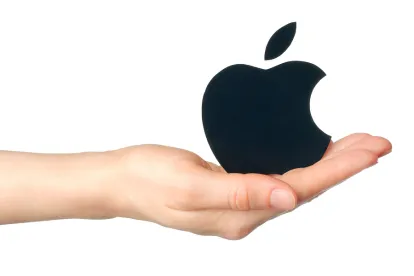Addressing whether the Patent Trial and Appeal Board (PTAB or Board) too narrowly read its rules limiting reply briefs in an inter partes review (IPR) to preclude a petitioner’s argument as a “new theory of unpatentability,” the US Court of Appeals for the Federal Circuit concluded that the Board abused its discretion by not considering petitioner’s arguments. Apple Inc. v. Andrea Electronics Corp., Case Nos. 18-2382, -2383 (Fed. Cir. Feb. 7, 2020) (Plager, J.).
Andrea Electronics owns two patents relating to digital audio processing technology. At Apple’s request, the Board instituted IPR proceedings on both patents. In its initial petition, Apple argued that an algorithm identified in a certain prior art reference disclosed limitations relating to signal power. To that end, Apple’s expert submitted a declaration asserting that, based on the use of certain technical assumptions and variables, an ordinarily skilled artisan applying the algorithm would have derived certain values required by the challenged claims. The particular fact that Apple’s expert assumed was that there were no sub-windows (W=1).
In its Patent Owner Response, Andrea argued that the same algorithm did not disclose the relevant claim limitation. Unlike Apple’s expert, Andrea’s expert applied the algorithm using different assumptions, namely the existence of multiple sub-windows (W≥2). In its reply, Apple argued that the prior art reference taught the claim limitation in the context of a single sub-window (as it had argued in its initial petition) and further provided an alternative argument that the prior art taught the claim limitation in the context of multiple sub-windows, such as Andrea had raised in its Patent Owner Response. In support of its alternative theory, Apple submitted a reply expert declaration. During oral argument at the Board, the panel questioned whether Apple’s reply impermissibly raised new arguments not otherwise found in the petition. Ultimately, the Board issued a final written decision in favor of Andrea, concluding that Apple’s arguments about the application of the algorithm in the context of multiple sub-windows were waived because they were not addressed in the initial petition. Apple appealed.
The Federal Circuit reversed. Starting from the applicable regulation’s language that a “reply may only respond to arguments raised in the corresponding opposition, patent owner preliminary response, or patent owner response,” the Court considered whether Apple’s argument on the multiple sub-window application of the prior art algorithm was properly a reply argument. Rejecting Andrea’s assertion that Apple’s expert declaration locked Apple into a “no-sub-window-theory,” the Court found that the underlying legal ground—that the claims were obvious based on the identified prior art references—did not change. The Court found that because “Apple’s reply relie[d] on the same algorithm from the same prior art reference to support the same legal argument,” Apple’s reply could not be said to raise a “new theory of unpatentability.” The Court also noted that even if the argument had not been encompassed by the theories of the initial petition, the Board had concluded that the multiple-sub-window theory was properly presented to rebut Andrea’s Patent Owner Response. As a result, the Board’s refusal to consider the reply argument was an abuse of discretion.




 />i
/>i

